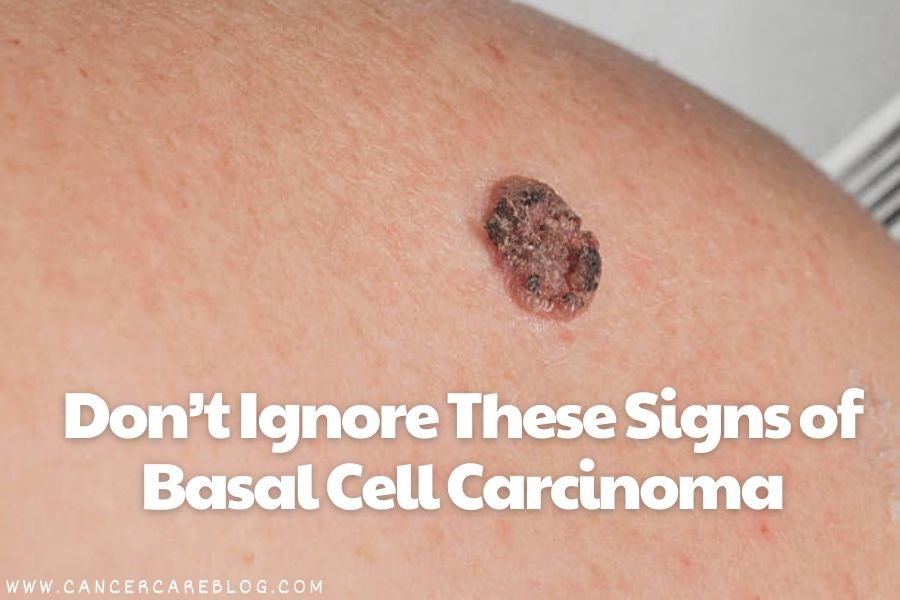Most people worry about melanoma when they hear the word “skin cancer.” But did you know that basal cell carcinoma is the most common type of skin cancer in the U.S.?
It accounts for nearly 80% of all non-melanoma skin cancers. Yet, many don’t even know what it looks like or how dangerous it can become if left untreated.
While it rarely spreads to other parts of the body, basal cell carcinoma can be locally aggressive. It can damage your skin, tissues, and even bones if ignored.
This blog is here to help you understand what to look for, how it’s treated, and why early detection is critical.
What Is Basal Cell Carcinoma?
Basal cell carcinoma (BCC) starts in the basal cells—these are the cells in the lowest layer of the skin’s outer layer (epidermis).
It often develops in areas exposed to the sun, such as your face, neck, or arms. But BCC can show up anywhere.
Because it’s a non-melanoma skin cancer, many people think it’s harmless. The truth is, BCC can cause serious damage if not caught early.
Recognizing Skin Cancer Symptoms of BCC
Here are signs of basal cell carcinoma you should never ignore:
1. Shiny or pearly bump
Often pink or white, this bump may look like a pimple that won’t go away.
2. Flat, scaly patch
Usually red or brown, these patches often appear on the back or chest and may bleed or crust.
3. Open sore that doesn’t heal
This is one of the most common signs. If a sore comes back in the same spot, it’s a red flag.
4. Scar-like area
Some BCCs appear as smooth, pale areas that resemble scars. These can be more dangerous because they grow deeper.
BCC doesn’t always itch or hurt. Many people dismiss the signs as harmless until it’s too late.
Who Is Most at Risk?
Anyone can develop basal cell carcinoma, but these factors increase your risk:
- Fair skin or light-colored eyes
- History of sunburns or long sun exposure
- Over 50 years of age
- Personal or family history of skin cancer
- Use of tanning beds
Even if you don’t spend much time in the sun now, past exposure still increases your risk.
How Is Basal Cell Carcinoma Diagnosed?
Your doctor or dermatologist will:
- Examine the area closely
- Use a dermatoscope to inspect it
- Perform a biopsy to confirm whether it’s cancer
A skin biopsy is quick, usually done in the clinic, and gives the clearest answer.
Basal Cell Cancer Treatment Options
The treatment depends on the size, location, and depth of the cancer. Here are the most common options:
1. Surgical removal
- The tumor is cut out along with a margin of healthy skin.
- Effective and often used for most BCCs.
2. Mohs surgery
- A special technique done layer by layer.
- Best for cancers on the face or areas where preserving tissue is important.
3. Topical creams or gels
- Used for very early or superficial BCC.
- Includes treatments like imiquimod or 5-fluorouracil (5-FU).
4. Radiation therapy
- Used when surgery isn’t an option.
- Especially helpful for older patients or sensitive locations.
5. Targeted therapy
- For advanced cases, medications like vismodegib may be used.
Early diagnosis often means less invasive treatment and a better outcome.
🧠 What Happens If You Ignore It?
While BCC rarely spreads to distant parts of the body, it can grow deep and destroy:
- Skin
- Muscle
- Nerves
- Bone
In some cases, large or neglected BCCs require reconstructive surgery. That’s why early detection is key.
Prevention: How to Lower Your Risk
Here’s how you can protect your skin and avoid non-melanoma skin cancer like BCC:
- Use broad-spectrum sunscreen (SPF 30 or higher) daily
- Avoid tanning beds
- Wear hats and long sleeves in the sun
- Stay in the shade during peak sunlight hours
- Get regular skin checks—especially if you’ve had BCC before
Make self-checks part of your monthly routine. Catching a change early could save you from a lot of trouble later.
FAQ: Common Questions About Basal Cell Carcinoma
Q: Can basal cell carcinoma kill you?
A: It’s rarely fatal, but it can cause major local damage if not treated.
Q: Will BCC go away on its own?
A: No. It may seem to heal, but it usually returns and grows deeper.
Q: Can you get BCC in places that don’t see the sun?
A: Yes. Though rare, it can appear in areas like the scalp, back, or even genitals.



